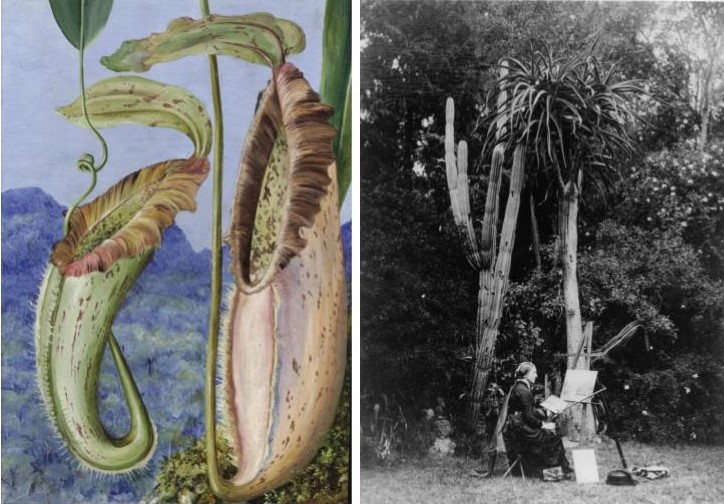Who is an Artist in modern terms? One who produces Artwork to fulfil the prevalent desire of the people or the market? Otherwise, the artist who makes works for the taste of the Gallery and the people ready to purchase the Artwork? When discussing Art in a market-oriented economy, Art is more than an investment, like any other asset of gold, land other valuable things.
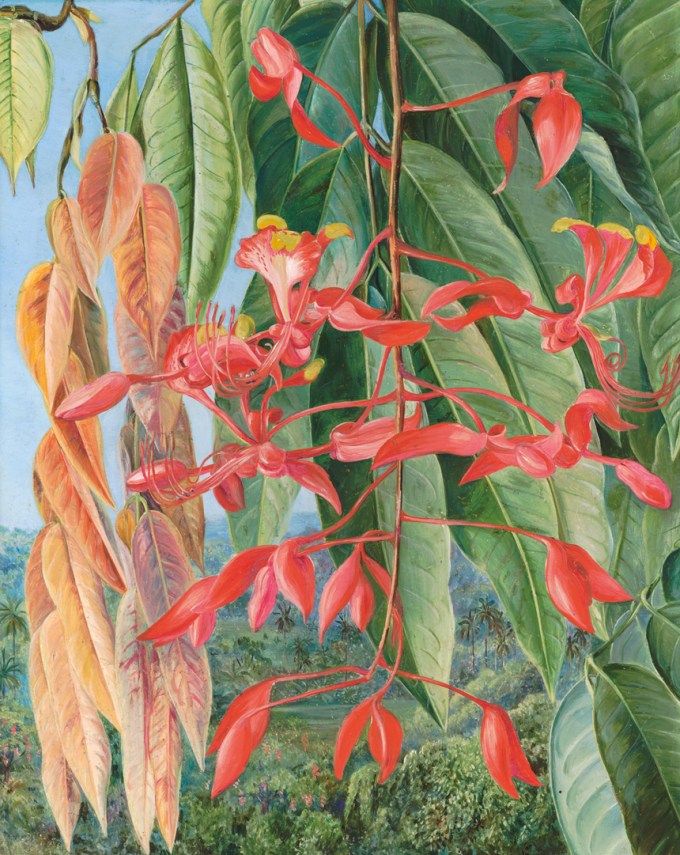
Some people do the paintings and drawing for their research or documentation, and they never claim they are artists. But their drawings and paintings are excellent in nature and classic in portraying objects. Marianne North (24 October 1830 – 30 August 1890) was one of the leading botanists and Artists who travelled a lot all around the world and portrayed plants and did some landscape paintings is considered one of the foremost botanical artists in history. North was not only a botanist but a writer about plants and their nature; discoveries of plants and the creation of her Gallery at the Royal Botanic Gardens in Kew made her a legend in Botany, and now she is praised because of her Artwork.
A Perfect World of Wonders
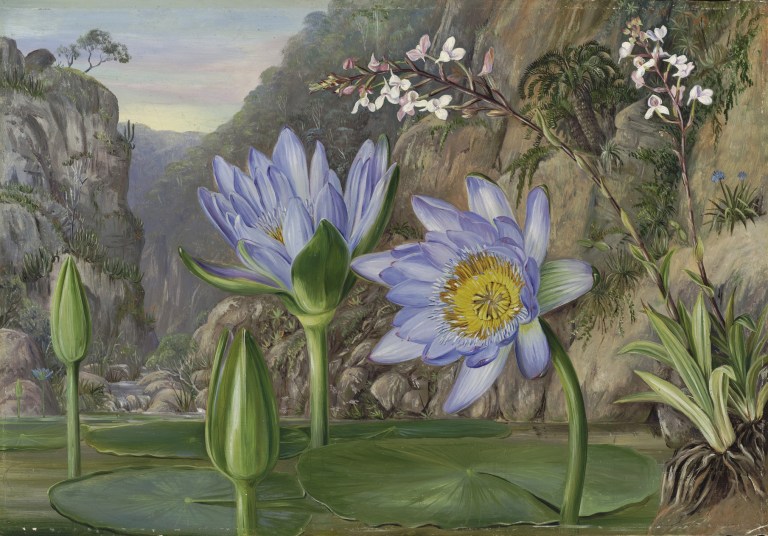
“My sister (North) was no botanist in the technical sense of the term; her feeling for plants in their beautiful living personality was more like that which we all have for our human friends. She could never bear to see flowers uselessly gathered—their harmless lives destroyed, Catherine Symonds writes in the preface to Marianne North’s travel narrative, Recollections of a Happy Life (1894), and Symonds praise North’s approach to the plants and landscape.
Marianne North was born into a privileged family, and her father was a liberal politician and traveller. Marianne starts her exploration with her father, and after his death, she continues to travel alone. The privilege was an unusual gift of Victorian women, giving Marianne many friends in different areas of interest, including writers like Amelia Edwards, Lucie Duff Gordon, Isabella Bird, and artists Julia Margaret Cameron and William Holman Hunt. She was a very active and spirited explorer, and she had the norms to travel while portraying her experiences, documenting dreams in a rich collection of drawings and illustrations.
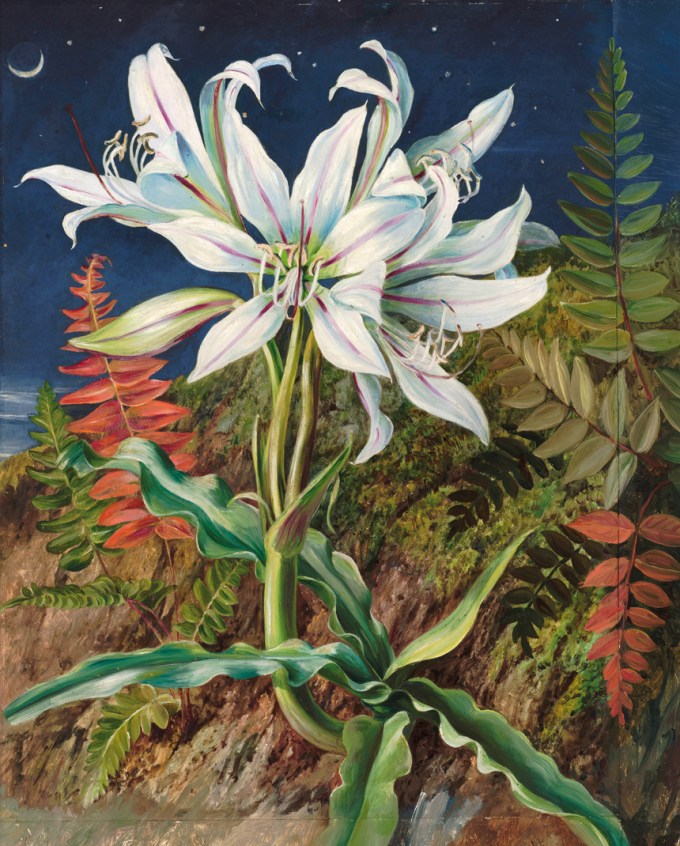
She painted as much as possible in different world locations, mainly plants and flowers on tropical terrains, and donated 832 drawings and paintings to the Gallery. She led the display of her work and ensured things were done nicely. ‘These images, like her travel narrative, record an active life of exploration and reveal North’s unique vision of the globe and its natural life,’ writes Narin Hassan. Exploration is the nature of Europe, which brings many things, including colonisation and knowledge of unknown things; botanical knowledge of plants and medicine is the core of this exploration. This is the time when Marianne starts her exploration of plant and flower anatomy. There is much evidence that colonisers collected rare and exotic plants from around the world and preserved them as assets.
Marianne North has no formal education in the Art of science but combines brilliantly and profoundly. For this reason, Marianne North was excluded from scientific and artistic societies, and a recent scholarship was brought back into both subjects. She travelled around the world like an angel or guardian of plants and unnoticed insects; she dwelled in Egypt and South Africa, Borneo and Sicily, India and California, Chile and Australia, eternalising nearly a thousand plants and species.
Marianne not just sees the plants but learns the power and potential of the plants and powerfully depicts them as she sees the woman’s perspective. ‘North’s “feeling” for plants and emphasis upon her intimate immersion within natural habitats challenges assumptions about nineteenth-century botanical exploration, including notions of the prototypical Victorian woman traveller as a distanced observer of landscape and more interested in native peoples, domestic lifestyles, and customs, Narin Hassan writes.
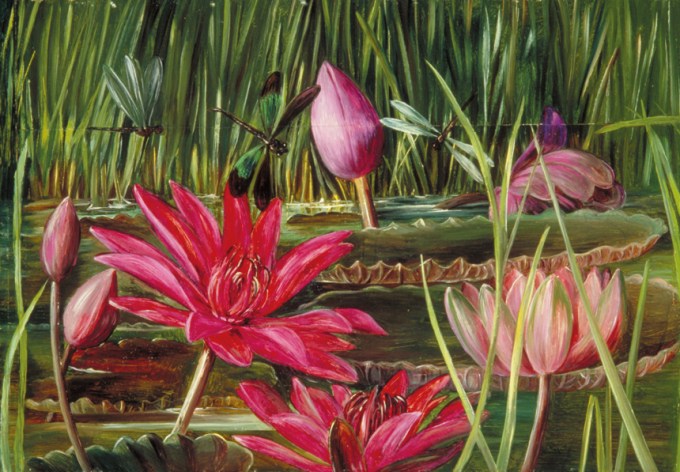
Marianne’s botanical drawings are more fascinating than ever now. Art is always questionable, and no one can define it as something. Marianne’s botanical sketch is considered an Artwok in the intensities of her drawings and sketches.

Krispin Joseph PX, a poet and journalist, completed an MFA in art history and visual studies at the University of Hyderabad.

